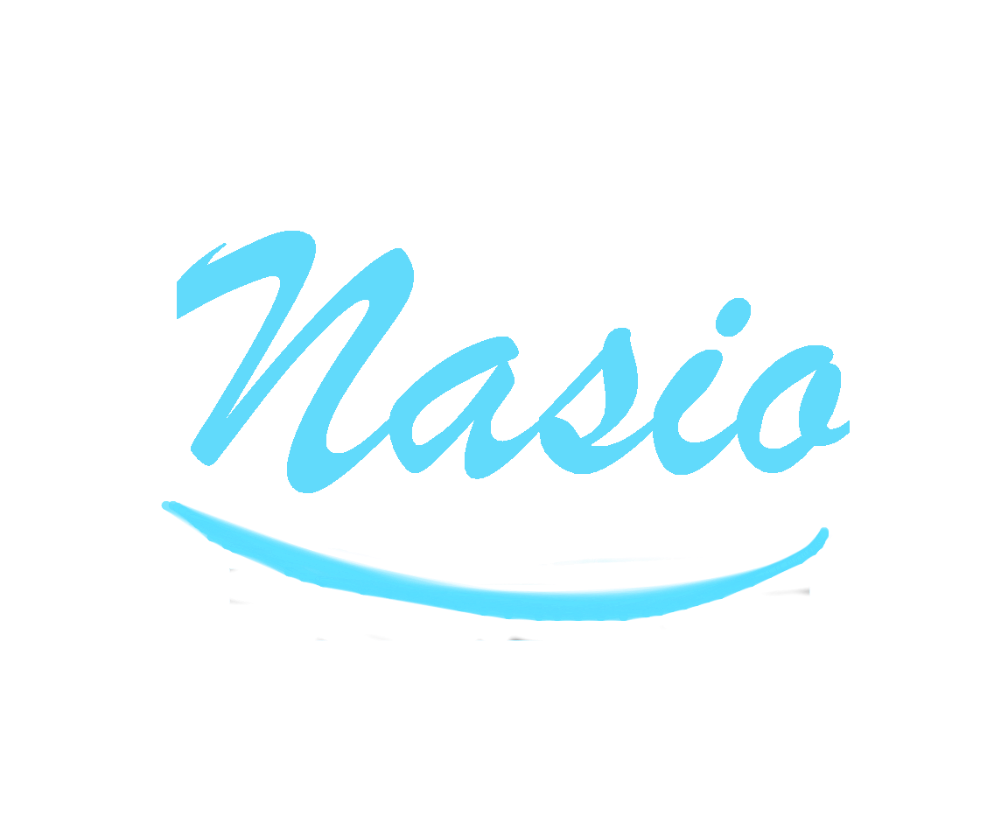A Look at Tying Strategic Planning to Nonprofits
This week’s readings were all about pulling strategy out of the theoretical realm and into the practical, real-life one. In this case, it was tethering strategic planning to nonprofits.
Strategy
Going back to Smith (Pages 93 – 94) “Strategy is the organization’s overall plan.”
Smith further divides strategies into proactive and reactive. A proactive strategy allows an organization to start and offer its communications on its own timetable. It’s everything from generating publicity to spreading germane news, to being transparent about goings on in the organization. It even covers addressing crises before they hit the press.
A reactive strategy responds directly to external pressures and influences. It can be preemptive action (e. g. addressing crises in their nascent, pre-press stage). Yet it also includes press responses, diversions, corrective behaviors, commiserating, and even strategic inaction. Sometimes, it’s best for an organization to wait and see, and maybe even do nothing at all.
Nonprofits, such as our client, the Institute for Life Science Collaboration, strategize just like for-profit corporations do. This even involves funding, as the ILSC needs external fund sources in order to fulfill its missions, both domestically (the Small World Initiative) and abroad (pediatric HIV testing, tracking, and treating in Ghana).
This includes social media strategies as well.
Social Media Strategies That Not-for-Profits Incorporate and How They Apply to Oour Client
According to Nah & Saxton (Page 297) “In nonprofit organizations the ultimate strategic goal is fulfillment of a social mission − the creation of public value (e.g., Lewis, 2005).” To tie it to Smith, the ILSC and other nonprofits can achieve their social missions by engaging social media both proactively and reactively.
Per Nah & Saxton (Page 297) “a focus on donors, as indicated by fundraising expenses, can be a defining strategic decision (Graddy and Morgan, 2006). Charities following a donor-focused strategy traditionally use mail and telephone solicitations, professional fundraising firms, and special events in order to raise funds. Social media have also recently become a popular fundraising vehicle (Nonprofit Technology Network, 2012). We argue that organizations more focused on acquiring funds through external sources are more likely to adopt and utilize technologies, such as Facebook and Twitter, that enable them to reach and interact with a broader set of potential donors.”
How Proactive?
This proactive strategy gets a nonprofit organization into potential donors’ computer rooms and smartphones. It does so by providing information or soliciting funds. Or it can be drawing donors’ attention to applicable political and social conditions.
For the ILSC, a Facebook page with regular updates, tied to a blog, could work. It could be a meaningful and feasible means of reaching out to the donating public. President Rick Flath has said that the organization needs donors; this could be the ideal vehicle to attain them.
Further per Nah & Saxton (Page 297 – 298) “Another way nonprofits seek to fulfill their social mission is through lobbying. … Organizations following a lobbying strategy may have different communicative needs; we expect politically active nonprofits to be more motivated to use social media, given their interest in mobilizing − often rapidly − a broad external public to take action. To a large extent, the emphasis on a particular strategy is embodied in the amount of resources allocated to that strategy.”
ILSC
While the ILSC is less focused on lobbying, they might have to do that anyway. Particularly if political conditions change in Ghana or the government of the United States changes parties in the next election. For an organization like the ILSC, lobbying efforts could come about if the Ghanaian government collapses and workers become endangered. Or if the American government cuts off diplomatic relations.
But in the US…
On the domestic front, lobbying could become necessary. This is if the Small World Initiative is questioned as a vehicle for teaching evolution. If the United States government turns sharply conservative, this could prevent the SWI from getting into more high school classrooms.
If that were to occur, however, the ILSC’s best strategy is probably a reactive one. Whereby they could direct detractors to information on the good work that the initiative has been doing. This would be in both the scholastic and medical fields.
Another Strategy
One other nonprofit social media strategy, according to Nah & Saxton (Page 298) is,
“A third approach to effecting social change is to concentrate on market-based program delivery. Instead of generating revenues through grants or donations, organizations that concentrate on programs generate revenues through market-like fee-for-service transactions, and are thus what Hansmann (1980) calls ‘commercial nonprofits’. With a strategy that centers on market-like transactions with clients, we hypothesize that such organizations have a greater incentive to reach out to both current and existing customers through social media.”
Connecting Strategic Planning to Nonprofits with Fee-for-Service Nonprofits
These fee-for-service nonprofits are organizations like the YMCA, which is a not-for-profit organization, yet they sell services such as gym memberships. The ILSC does not appear to have embraced a fee-for-service model at this time. If they were to do so, it might be in the areas of either small charges for Ghanaian medical care. Or for textbooks and other study materials via the Small World Initiative.
Particularly in the domestic realm, the ILSC could use social media platforms like Twitter or Facebook. It could use them to inform school districts, parents, and educators about the costs of lab equipment and the like. They could maybe even use social media as a conduit to sales pages where interested customers could conduct transactions online.
Tie Strategic Planning to Nonprofits: Takeaways
For the ILSC, keeping off social media has been a strategy of inaction. And it has not been an effective or seemingly well thought out one. To better reach their publics and execute their fundraising and lobbying, something must change. And to maybe even embrace future fee-for-service strategies, the ILSC has got to proactively and deliberately enter the social media fray.

